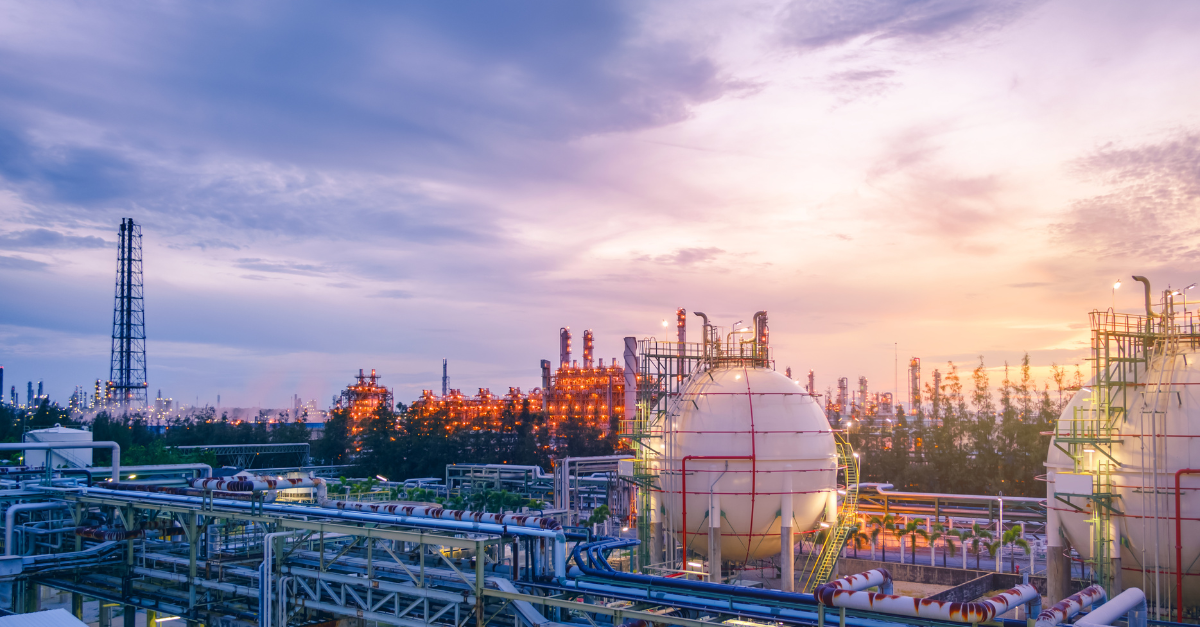How Can LoRaWAN Be Used to Track Assets In O&G?
Since we first formed our company, we have seen many changes in terms of developing technology. Although the evolution of technology has drastically changed (and improved) a wide range of industries, the oil and gas industry has benefited immensely.
LoRaWAN simply stands for Long Range Wide Area Network. This level of technology is something in which we have watched closely, as it helps oil and gas companies maximize efficacy and productivity while optimizing total revenue.
Allowing companies to implement a communication protocol network, LoRaWAN is quickly receiving global recognition. In fact, the LoRa Alliance has now grown to more than 500 members, making it the largest and fastest-growing alliance in the technology sector. It is this alliance that drives the success and promotion of the LoRaWAN protocol.
Based on this system’s extended battery life, it’s the perfect solution for remote monitoring applications. For example, without physically needing to be on-site (ideal for remote areas), oil and gas companies can effectively monitor and manage their equipment, production, and overall infrastructure.
While extracting oil in areas where cellular coverage is nonexistent, this protocol’s sensors can proactively detect and locate potential areas of failure. In terms of a company’s reputation and long-term success, this ability is invaluable.
In comparison to the available alternative technologies, LoRaWAN is incredibly cost-effective. Not only will LoRaWAN applications enhance efficiency and in turn, cost savings, but they can also deliver valuable information and data via bi-directional communication.
The oil and gas industry ships immense amounts of equipment and parts on a daily basis. This results in a lot of materials and inventory being shipped to remote areas where the stock can be challenging to track. Whether equipment is on an offshore platform or a drilling rig, asset tracking and inventory management are essential.
By utilizing LoRaWAN, companies can then easily track the location, movement, and other key pieces of data in relation to key assets. In turn, this eliminates the need and risk associated with the manual process. And although data can be processed on-site, it can also be sent via satellite. Not only will this data help to accurately track inventory, but will also prevent a potential environmental and financial disaster.
Since these systems will monitor various components, including filters and pumps, routine inspections become a much simpler and safer process. Also, based on LoRaWAN’s open standard, when comparing this protocol to say RFID technology, it is a more flexible option. Since companies can essentially setup and manage their own network, this is an ideal option for anyone in oil and gas.
Being reliable, cost-effective, and ideal for low-power, remote circumstances, LoRaWAN can effectively monitor and manage remote wellheads and other key assets. That is why we would like to help you discover the unique advantages of LoRaWAN, while offering other potential solutions based on your evolving needs.
Inventory Management Solutions
Asset Management Solutions
Distribution Management Solutions



